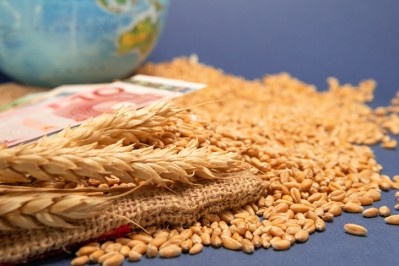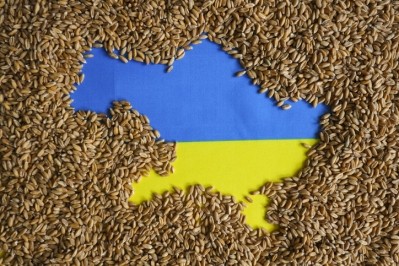Ukraine continues to be a concern for corn supply but US confidence builds

Further bombings of facilities in Ukraine by Russia challenged the feasibility of initiating Black Sea grain corridors, according to a report by CRM Agri.
Also commenting on those developments on Monday this week was AHDB:
“On Friday, Russia presented a solution to transport grain through Belarus to German, Polish, Baltic, or Russian ports, though this would be in exchange for Belarusian goods shipping from there too. Progressing talks saw global supply concerns easing last week, pressuring grain prices. However, Kyiv seeing conflict for the first time in a month today has reignited worries.
“This week, a meeting is due to take place between Ukraine, Russia, Turkey, and the UN to discuss an export corridor. If Ukrainian ports were to reopen and a deal made, prices will see pressure according to the UkrAgroConsult.”
US corn planting update
Looking to the US and, after a delayed start to corn planting there, progress has picked up notably in recent weeks, commented CRM Agri. “This year’s planting campaign is now ahead of average.”
Crop condition scores will be the next key focus for US corn, but due to the confidence inspiring levels of rainfall, good condition scores are expected, said the UK analysts.
With corn in Ukraine uncertain, greater Chinese demand for US corn is projected next season, they added.
The CRM Agri outlook also highlighted how managed money speculative positions in corn and wheat last week continued the shift toward a less bullish position. “As speculative investors reverse their position in corn, this can add further selling pressure to markets.”
In soybeans, however, managed money positions were little changed, maintaining a strong net long position.
Wheat market
Meanwhile those grain market specialists report that the planting of spring wheat in the US is still progressing slowly. It was 73% complete by May 29. Last year, planting was nearly complete by that date, they noted.
“Although there remains many uncertainties for next season, from the poor condition of US winter wheat, delayed spring wheat planting, poor French wheat conditions and war in Ukraine, a lot of these bullish factors have been well priced into wheat markets,” stressed the CRM Agri team.








